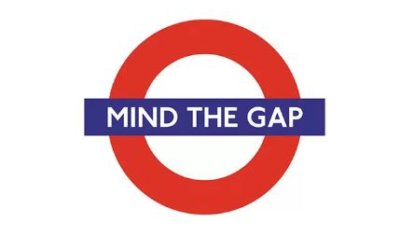About three years ago, a regional legal firm posted an article about endowment issues It is found here: http://www.beneschlaw.com/Files/Publication/07329c5a-fde0-4127-a966-ac812ea51267/Presentation/PublicationAttachment/1760ab62-cf04-413a-bdc0-b25ad1ffb2a7/Benesch_Perspectives_Sept2012_100112.pdf
I was particularly interested in what was written about borrowing from endowment. Many institutions see this as a way to get through a particularly difficult time operationally. The author introduces some helpful ideas, including the rationale that closure of an institution makes prudent investor considerations moot! In other words, if the institution closes because they were reluctant to borrow from their endowment, it essentially gets rid of every investment issue – and the endowment altogether.
I want to go a little deeper, however. My sense is that there are some particular issues to consider seriously when this kind of a strategy is under proposal. I’ll list them in question form.
1. Is this legal? Under UPMIFA, there is an argument that a prudent investor would act this way or that. You want to be sure that your state allows you to borrow from the endowment and that you meet whatever their expectations are with such a strategy.
2. Can you get along with just the unrestricted portion? Many endowments have a component that is not restricted with respect to use. Some call this “quasi endowment” or “unrestricted long-term investments.” There is wisdom in limiting borrowing to amounts that are free of donor restriction.
3. Can you offer a return that rivals a professionally managed portfolio? Some institutions borrow interest free from their endowments. I believe that fails a prudent investor rule, unless the market happens to be in a free-fall. A good rule of thumb is for the interest rate to be floating for such borrowings, based on the spending rate plus inflation. So, if you spend 5% and inflation is running at 2%, your interest rate is 7%. I know that seems high but you must at least make an attempt to meet historic investment expectations.
4. Do you have an operational plan that creates the mechanism for payback? It’s a wonderful interlude to be offered a way to avoid the immediate pain associated with retrenchment or a full-blown turnaround. Endowment borrowing should not be used to avoid needed changes. And, any plan for a return to health has to include a somewhat rapid payback of endowment.
5. Do you have proper authorization from the governing board? To ensure that you are not merely grabbing whatever dollars you can find, it is important for your board to authorize the borrowing and have a comprehensive set of expectations associated with its usage and payback.
6. Do you have access to outside funds for borrowing? After reading the above, you may want the lower rates and discipline of other longer term borrowings. After all, you could borrow at 4% and earn 8% on your endowment. Worth thinking about.
All of this points to the need for a well-planned operation that relies on highly reliable sources of revenue and disciplined spending. I’ll talk about the turnaround in a future submission.



